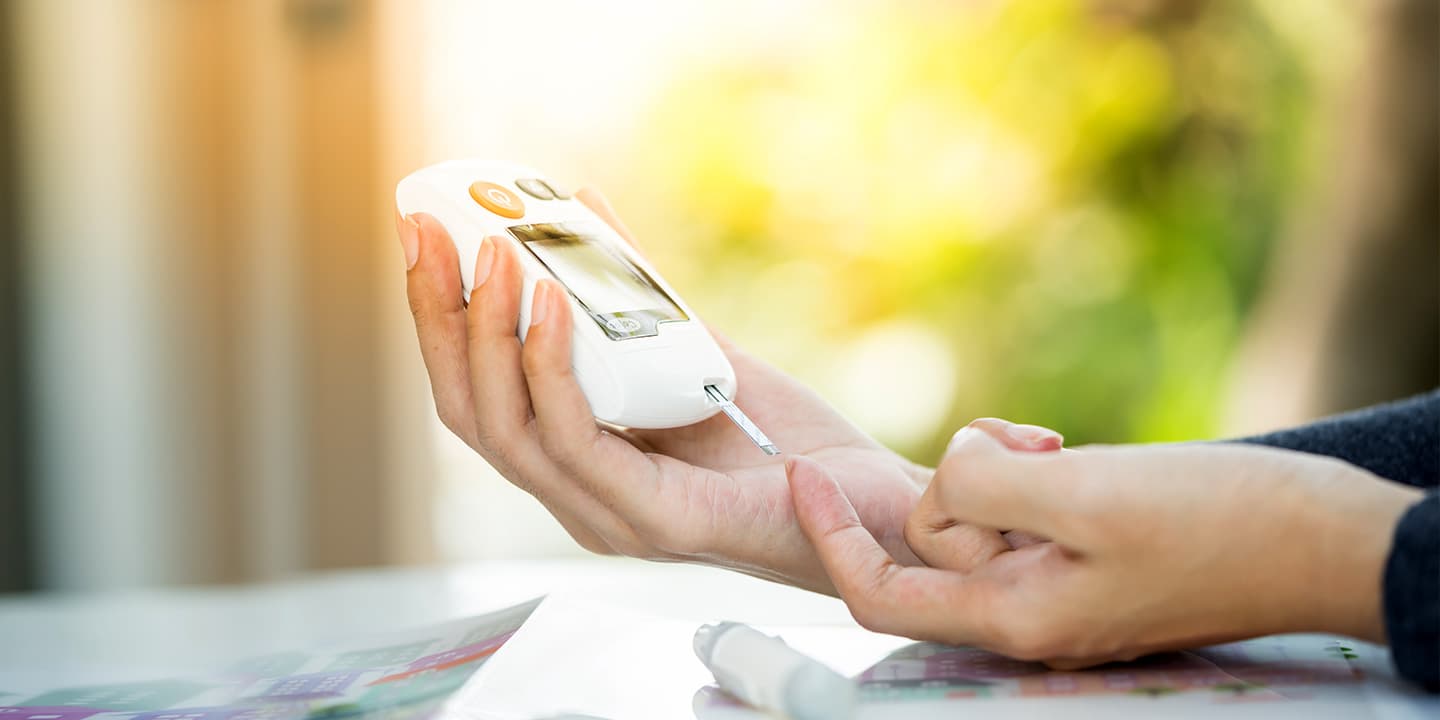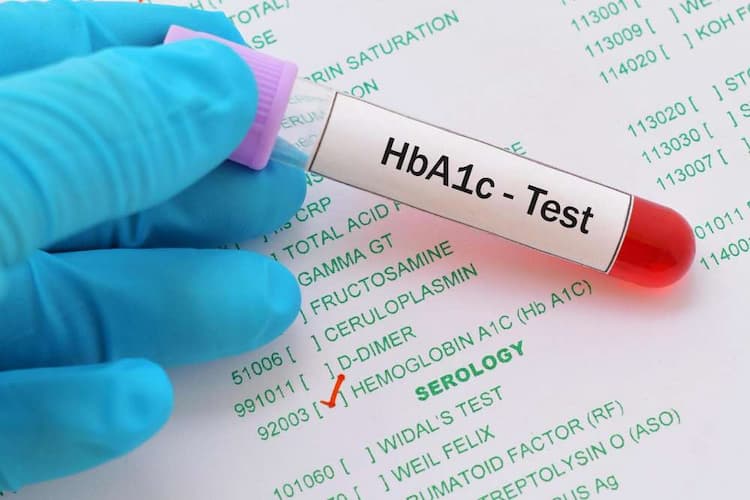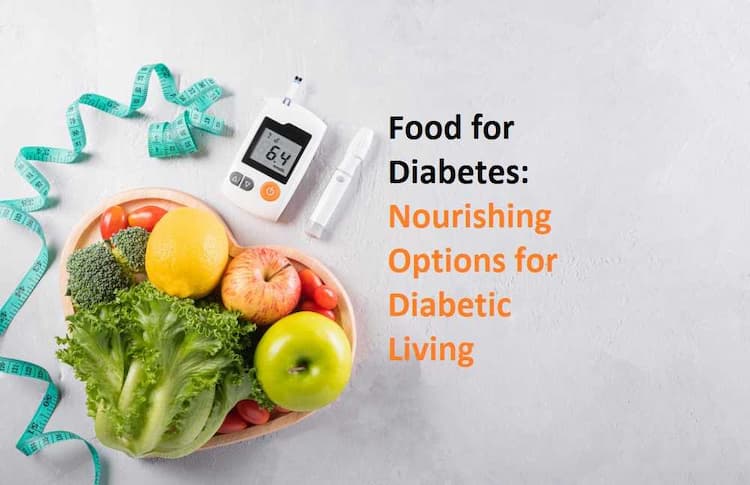Are You Diagnosed with Type-2 Diabetes? Here's what you should do to treat or reverse it

Medically Reviewed By
Dr. Ragiinii Sharma
Written By Dr Divya Rohra
on Mar 30, 2022
Last Edit Made By Dr Divya Rohra
on Mar 15, 2024

Type-2 Diabetes affects around 6.28% of the global population, accounting for over 466 million. The numbers aren’t stagnant and are growing at a consistently alarming rate.
This is a chronic disease that alters the body’s capability to use the produced insulin in the body. Improper insulin usage leads to elevated blood glucose levels.
Besides its prevalence, Type-2 diabetes invokes a lot of questions and controversies. Patients' most common question is, “Is Type-2 Diabetes Reversible?”
We will answer that and more about Type-2 Diabetes management in this comprehensive article.
Can you Reverse Type-2 Diabetes?
Before exploring the different forms of treatment, let us answer the most frequently asked question – Is Type-2 diabetes reversible?
For type-2 diabetes, there are two primary modes – Treatment and Management. They involve:
| Type-2 Diabetes | |
|---|---|
| Treatment | Management |
| Monitoring Blood Glucose levels | Eating a balanced diet |
| Taking medications | Exercising and leading an active lifestyle |
| Injecting insulin | Weight loss |
One of the key contributors to “reversing” Type-2 diabetes is weight loss. Obesity is a key contributor to insulin resistance, which leads to risks of elevated blood glucose levels in the body. So, studies correlate ideal Type-2 diabetes management and reversal with weight loss.
Another factor that researchers find helpful for reversing Type-2 diabetes is bariatric surgery. It is a long-term resolution but not always the first choice among most patients.
For the patients needing less drastic ways of recovery, dietary changes and exercising are considered ideal choices.
How can one Reverse Type-2 Diabetes in Patients?
Type-2 diabetes is acquired either through genetic predisposition or poor lifestyle choices. With the right initial treatment and diabetes management, reversing Type-2 Diabetes is not impossible. It demands routine and a lot of consistent efforts to see notable changes to the patient’s overall well-being.
The primary ways that can help reverse Type-2 diabetes and manage it are:
- Weight loss
- Dietary changes
- Exercise and activity
- Medication
- Regular blood glucose testing.
Let us explore each of them in detail.
1. Weight Loss
Overweight and obese patients are at heightened risks of developing Type-2 diabetes. Even studies confirm that.
So, if you are newly diagnosed with Type-2 diabetes, your doctor will suggest weight loss and the first mode of treatment.
Excess body weight and accumulated fats in the body desensitize the cells to absorb insulin, thereby contributing to insulin resistance. Patients with insulin resistance are called pre-diabetics. If left untreated or untended, the insulin resistance turns for the worse, transforming to Type-2 diabetes in the patients.
Studies suggest that losing up to 10% body weight can drastically improve blood sugar levels. It elevates the cells’ efficiency in the body to absorb insulin and reduce elevated glucose levels.
Besides managing diabetes, weight gain has direct relations to cardiovascular complications. So, people with type-2 diabetes should lose weight to reduce that risk exponentially.
Weight loss strategies can involve making dietary changes, eating in a calorie deficit, working out more or bariatric surgery as a last resort.
2. Implement Dietary Changes
Type-2 diabetes is heavily dependent on the patient's food habits.
With an already elevated blood glucose level, the last thing a patient should do is add to it. So, doctors suggest cutting out foods with a very high glycemic index (GI).
Eating a balanced and nutritious diet is key to reversing the impacts of Type-2 diabetes. However, dietary habits aren’t standard. It will vary from one person to the other.
A person with diabetes who is more active in their day-to-day life has to supplement with more food than a patient leading a sedentary lifestyle.
According to the American Diabetes Association (ADA), eating a nutritious diet helps in:
- Losing weight
- Managing the symptoms
- Reversing the diagnosis
Ideally, a healthy Type-2 diabetes diet should include:
- Reduced calories (to be in a calorie deficit)
- Healthy fats like omega-3 fatty acids
- Whole grains
- Leafy green vegetables, fresh fruits, fresh produce
- Lean proteins like fish, eggs, chicken
- Limit consumption of sweets with refined sugar, jaggery, honey, additives, etc.
- Limit alcohol consumption and smoking.
Ideally, the ideal Type-2 diabetes diet shouldn’t add to the existing elevated glucose levels. So, a low-carbohydrate diet is considered ideal. However, unless you are practicing a keto diet, including up to 200 grams of carbohydrate is ideal in the diet. This produces energy in the body to carry on throughout the day.
The introduction to a ketogenic diet is also prevalent among several Type-2 diabetes patients. It helps stabilize the blood sugar levels and helps reverse its course. However, a high protein or high-fat diet isn’t suited for every patient. So, consult your doctor before proceeding.
Current studies also support the correlation between the ketogenic diet and hepatic insulin resistance in diabetes patients. So, long-term adherence to keto diets should be discussed at length with the doctor.
Even if your primary care physician isn’t skilled in prescribing a diet chart, they will refer you to a registered nutritionist for consultation.
3. Exercise and Activity
Directly tied to weight loss, physical activity is a must for every Type-2 diabetes patient.
From heavy workouts to brisk walking, the level of activity should be aligned to the comfort of the patient and their daily needs.
According to ADA, Type-2 diabetes can pick one of the following as their activity:
- 150 minutes of moderate-intensity workout per week
- 2-3 sessions of resistance training per week
- Brisk walking for 20-30 minutes per day
- Avoid sedentary behavior daily
- Avoid not indulging in exercise two days in a row
Targets for physical activity and exercise will vary. While some patients can sustain intensive workout sessions, some might not. It will depend on the instructions from the primary care physician.
4. Medication
Type-2 diabetes can often be managed with lifestyle and dietary changes. However, medications play a crucial role in disease management.
Depending on the severity and the blood glucose levels, you can either be on oral medications, injectables like insulin, or other injectable drugs.
It is ideal to discuss the medication options with the primary care physician to manage the symptoms better.
5. Regular Testing
Ideally, regular testing of blood glucose levels alerts patients of extreme highs and lows. It is part of the diabetes management protocol.
An important way to reverse Type-2 diabetes is to record the blood glucose levels every few weeks to analyze if the lifestyle changes (and or medications) are working in managing the disease.
Direct laboratory blood tests or home-based glucose monitor devices can help with the testing.
Wrapping Up
Reversing Type-2 diabetes isn’t a one-day process. It takes efforts, proper management, and lifestyle changes to bring about desirable changes to one’s condition. Working with an experienced and qualified primary care physician and nutritionist can help manage the symptoms better. Your doctor will adjust the treatment plan to best align with your current needs with the changes.



